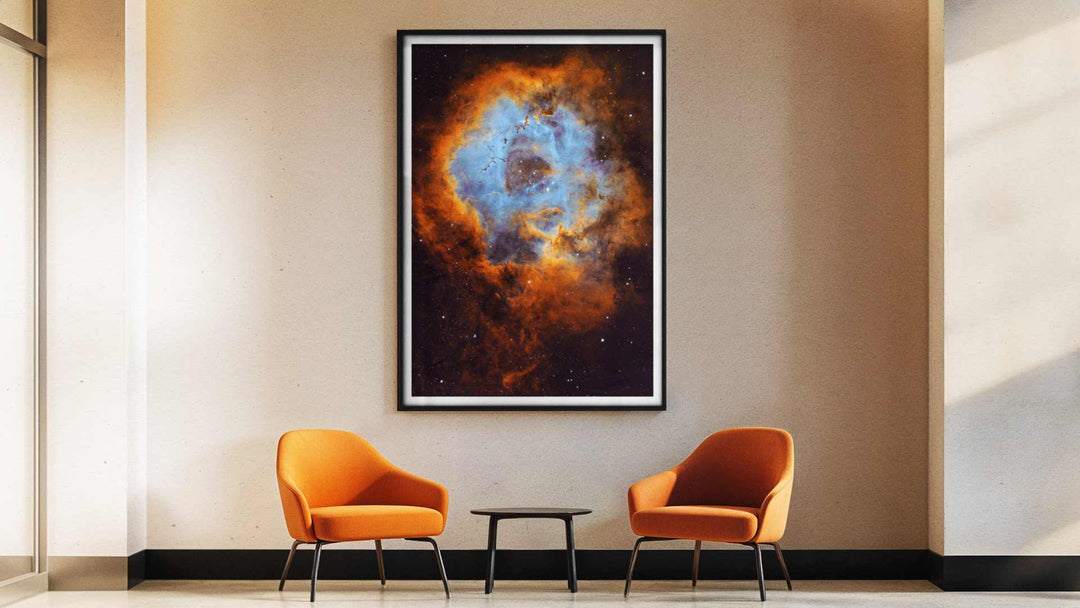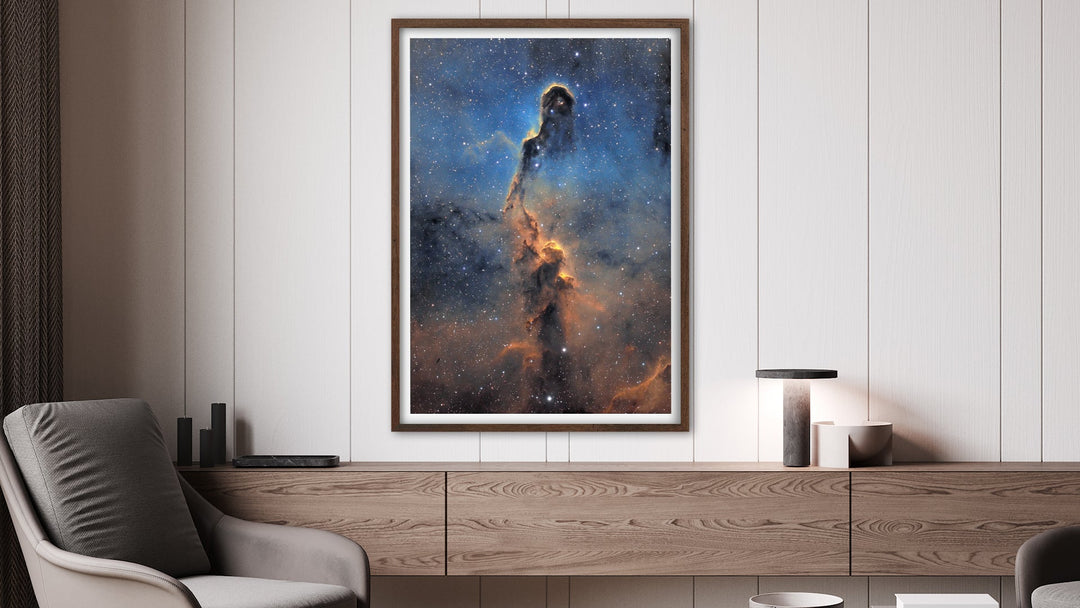JWST: CEERS Panorama – Journey to the Dawn of Galactic Evolution
Witness the Universe's Most Intriguing Cosmic Mystery Unfold Before Your Eyes
Step into a cosmic detective story that's rewriting our understanding of the Universe.
This breathtaking James Webb Space Telescope panorama from the Cosmic Evolution Early Release Science (CEERS) Survey captures thousands of galaxies whose light has journeyed over 13 billion years to reach us—revealing a stunning puzzle about our cosmic origins.
What you're seeing isn't just distant stars and galaxies; it's evidence challenging fundamental theories of how our universe evolved.
The Mystery of the "Little Red Dots" – Cosmic Impostors Revealed
Throughout this image, tiny red specks hold an extraordinary secret. Initially thought to be impossibly massive early galaxies—cosmic bodybuilders that defied our understanding of universal evolution—these "little red dots" have now been revealed as something even more fascinating: primitive galaxies harboring ravenous black holes.
As these black holes rapidly consume surrounding gas, the resulting friction generates heat and light that makes these galaxies appear far more massive than they truly are.
This panorama doesn't just show you the cosmos—it shows you science in action, capturing the very moment when astronomers used Webb's unprecedented vision to solve a mystery that threatened to upend the standard model of cosmology.
A Glimpse into the Universe's Earliest Chapters
Even with this revelation, the CEERS panorama still shows twice as many massive galaxies than our models predict—suggesting that star formation in the early universe may have occurred more rapidly than it does today.
Each pixel contains clues about how the first stars and galaxies formed, offering a view of:
- Blue foreground stars with JWST's characteristic eight diffraction spikes
- White and pink spiral and elliptical galaxies at various cosmic distances
- The enigmatic "little red dots" that changed our understanding of early galaxy evolution
At Astrography, we select only the most compelling astro images with both scientific significance and artistic beauty. The CEERS panorama represents one of Webb's most important scientific contributions—a data-rich window into the very dawn of cosmic structure.
Museum-Quality Cosmic History for Your Collection
Your CEERS panorama will be produced with Fine Arts printing techniques ensuring museum and gallery-grade quality with a lifespan exceeding 200 years. Every detail of this cosmic mystery will be preserved with stunning clarity, from the brilliant foreground stars to the faintest red dots that challenged our cosmic understanding.
For those who appreciate the scientific and artistic value but prefer a more affordable option, we also offer high-quality poster versions that maintain visual impact while suiting more modest budgets.
Perfect For Those Who Ask the Biggest Questions
This extraordinary panorama is ideal for:
-
Art Collectors seeking pieces with profound scientific and philosophical significance
-
Astronomy Enthusiasts fascinated by cosmic evolution and cutting-edge discoveries
-
Educators and Institutions illustrating how science evolves through observation and theory
-
Interior Designers creating sophisticated spaces that inspire wonder and conversation
-
Gift-Givers searching for something truly meaningful for the curious minds in their lives
Own a Piece of Beautiful Scientific Discovery
When you display the CEERS panorama, you aren't just showcasing a beautiful image—you're inviting viewers into one of astronomy's most fascinating ongoing investigations. Each galaxy in this image tells part of the story of how our universe transformed from primordial gas into the complex cosmic web we inhabit today.
Choose your preferred format and size now. Bring home not just a photograph, but a pivotal moment in our understanding of cosmic history.
Credit: NASA, ESA, CSA, Steve Finkelstein (UT Austin)
Release date: 26 August 2024

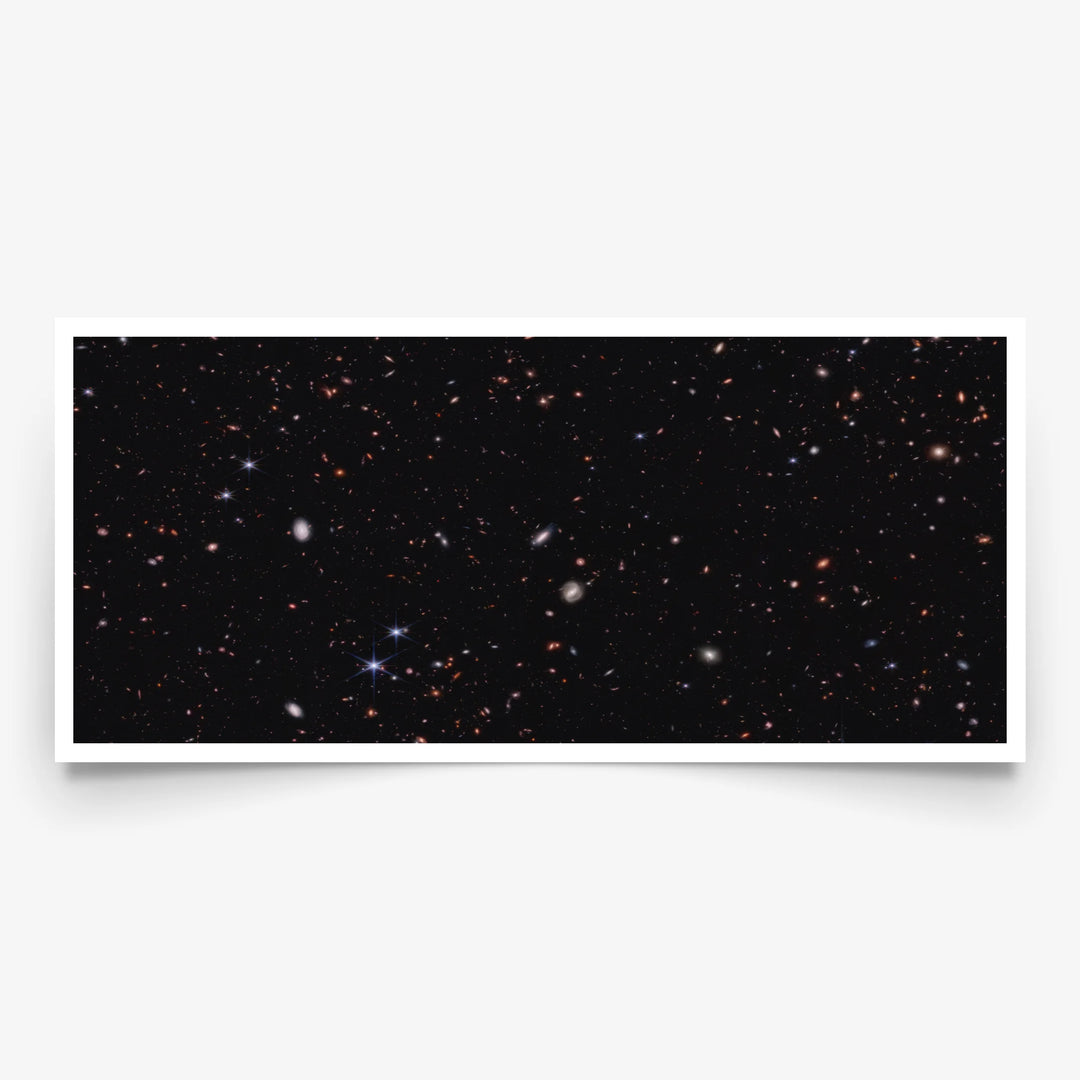
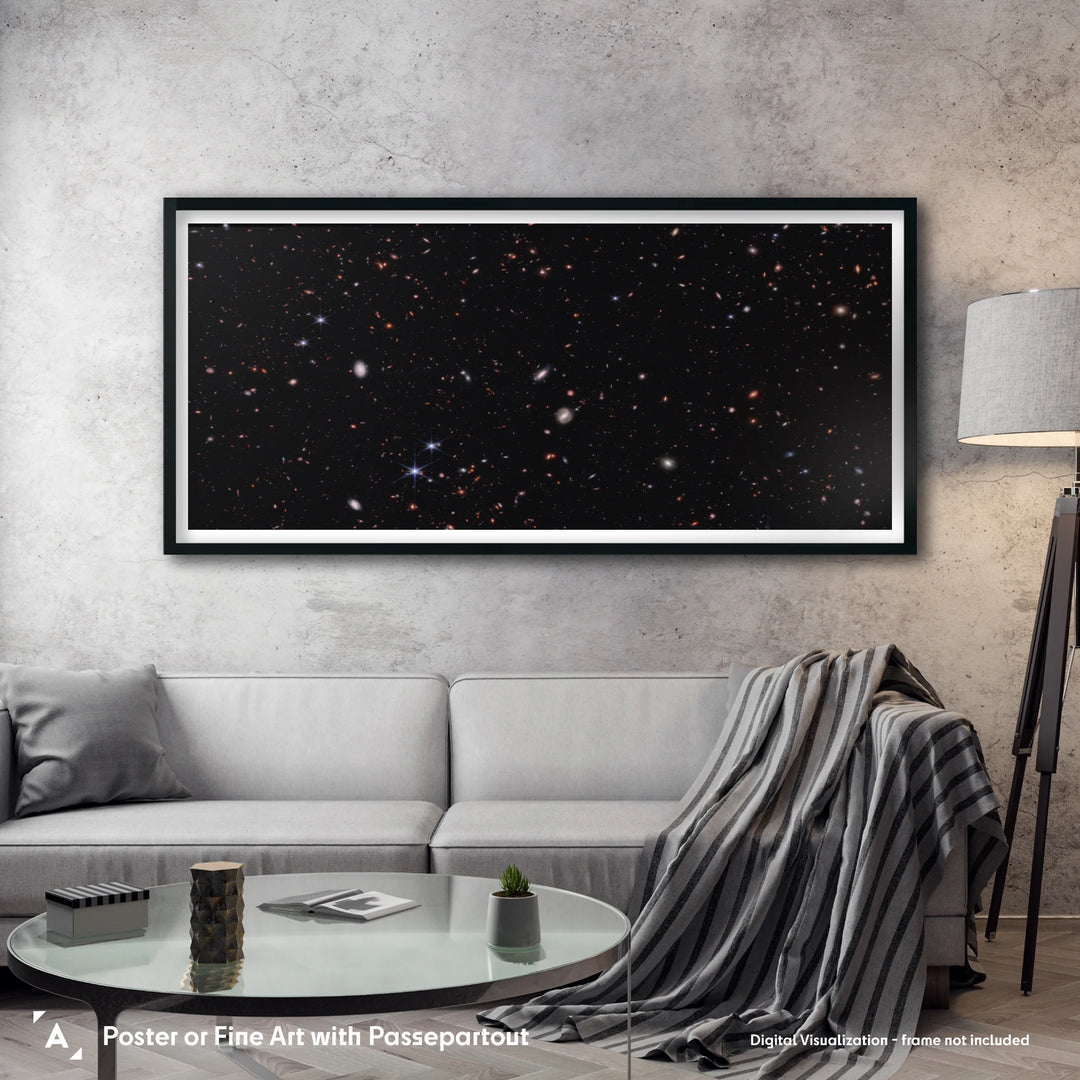
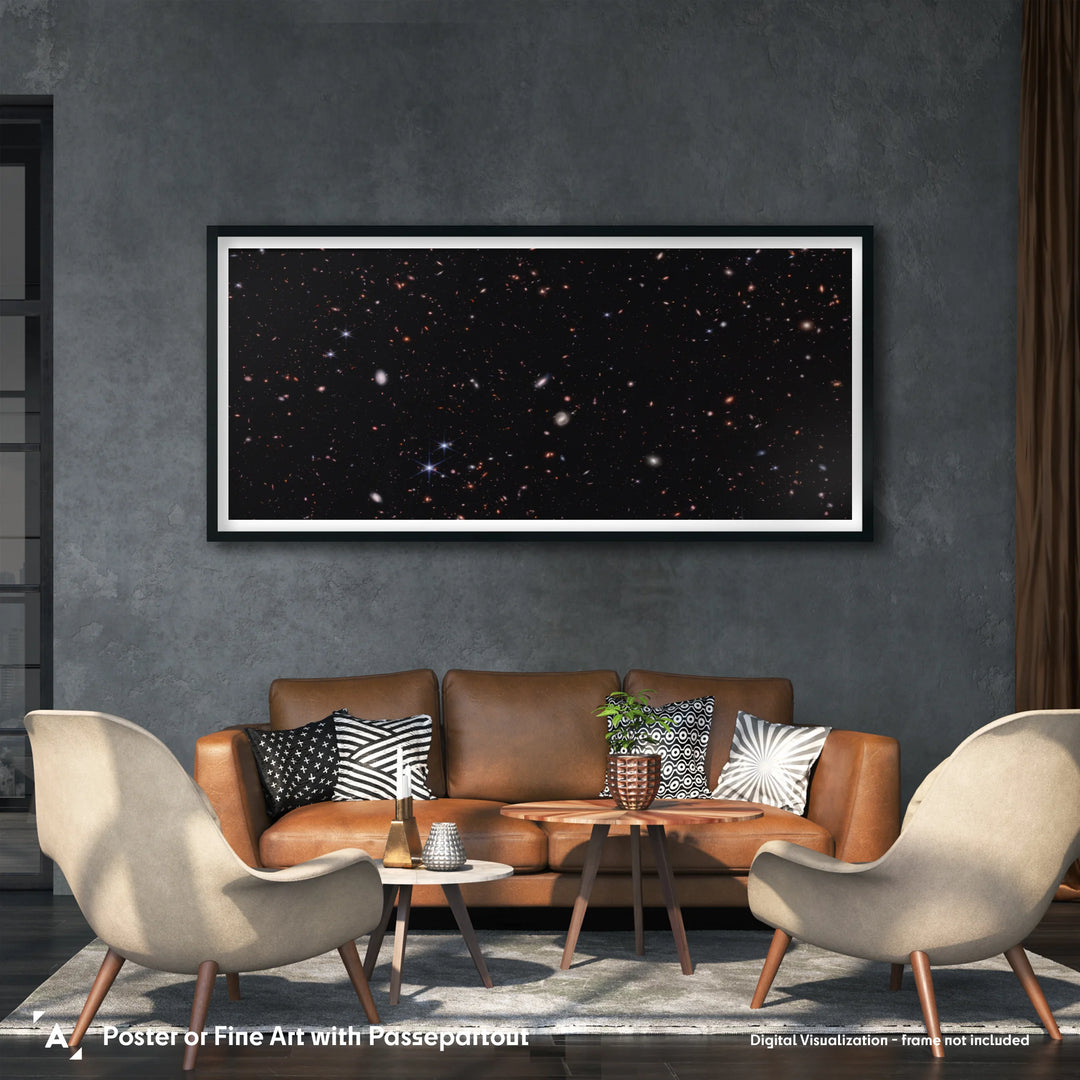
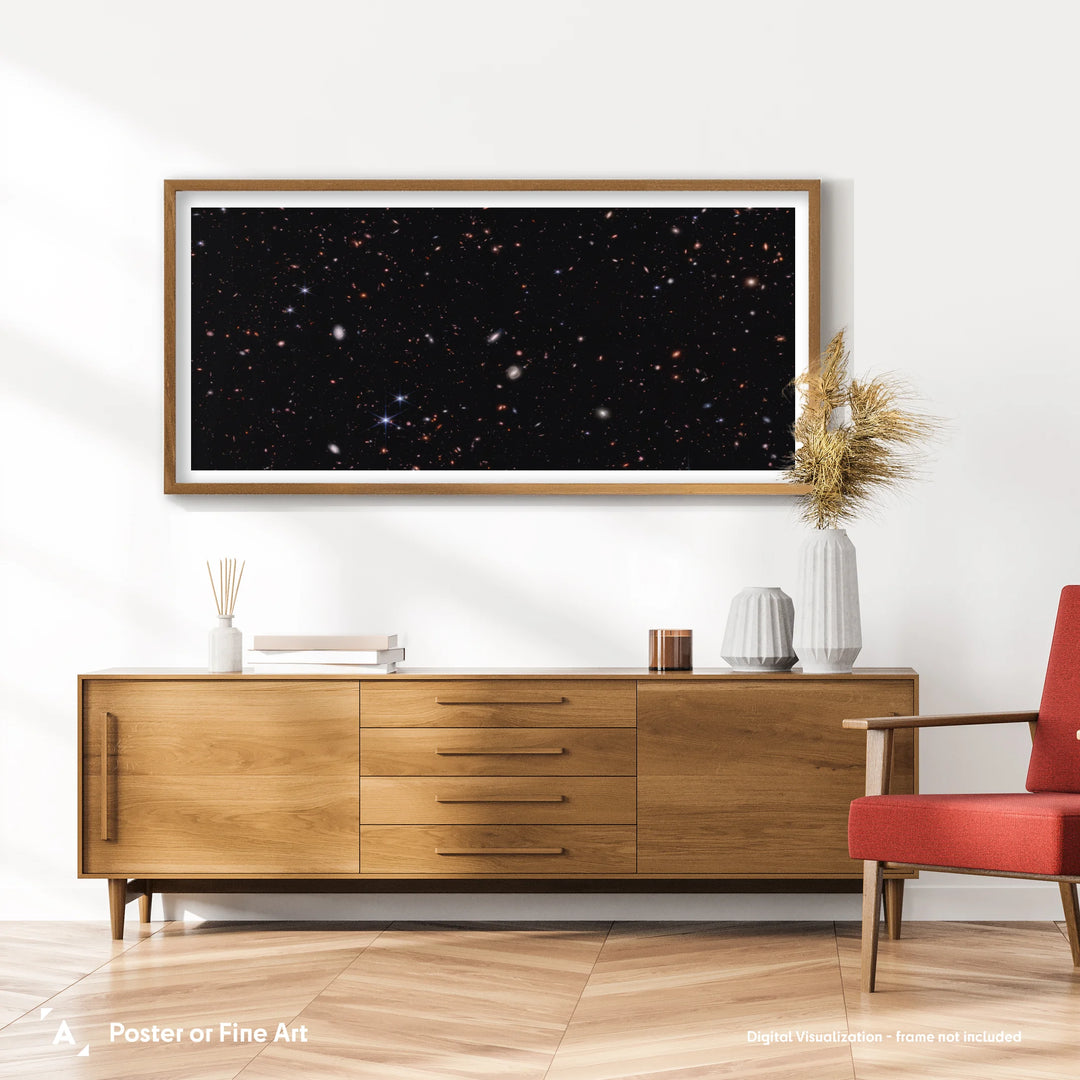

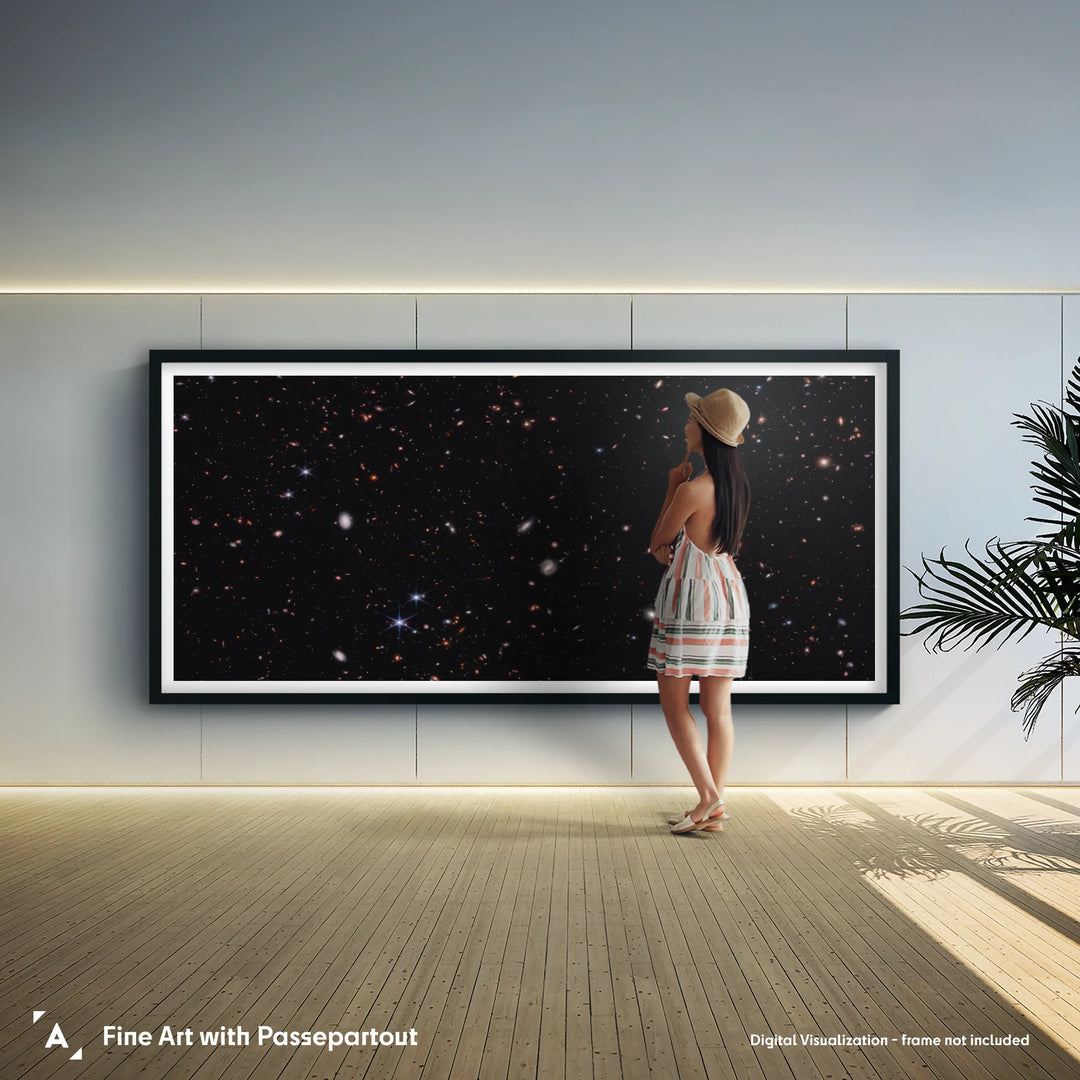
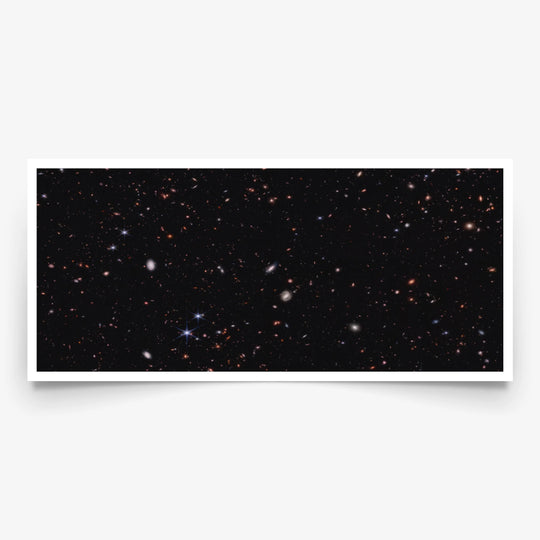
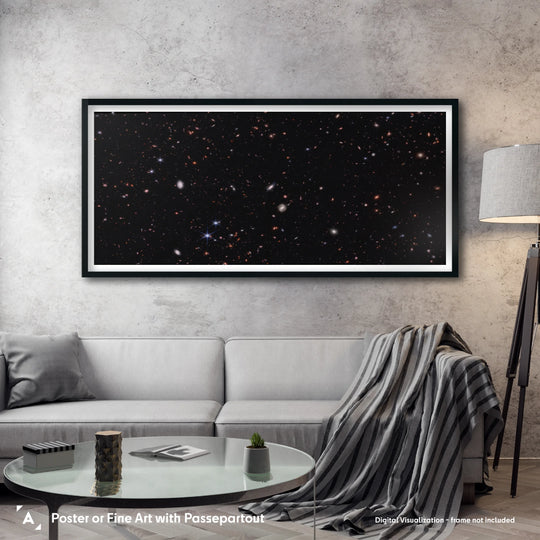
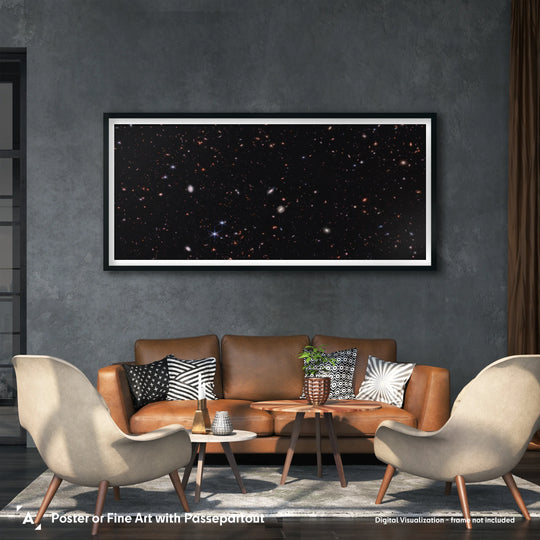
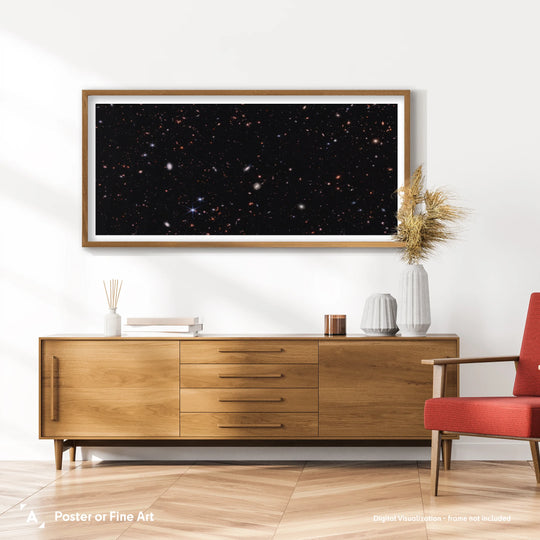

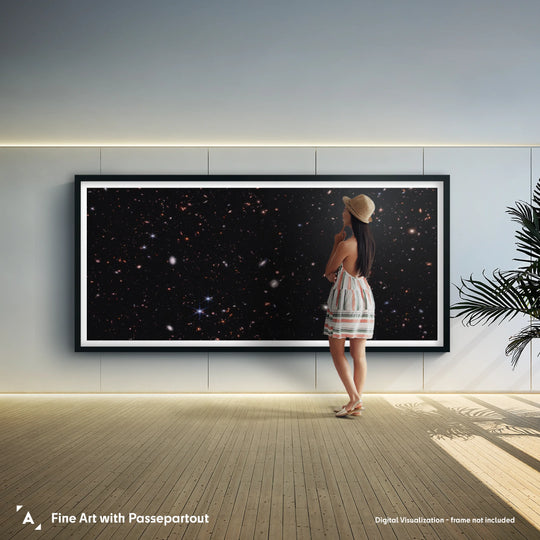

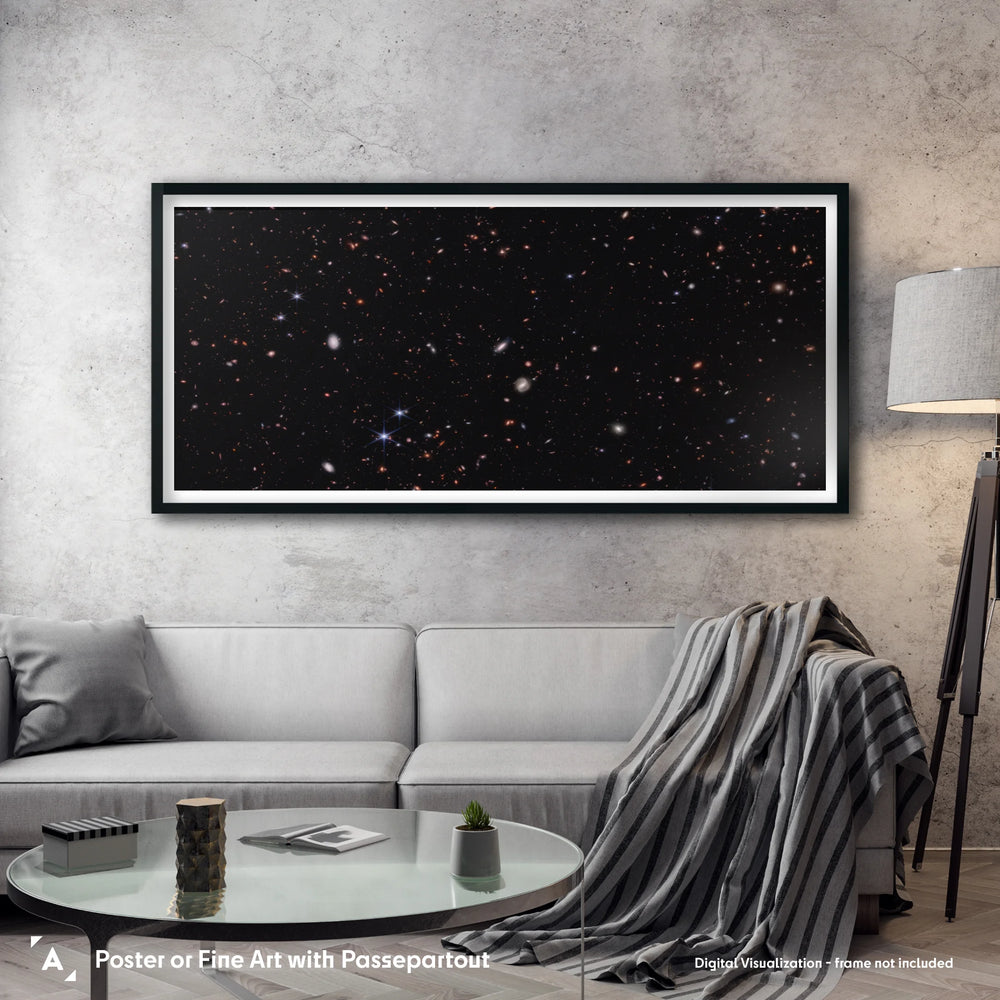

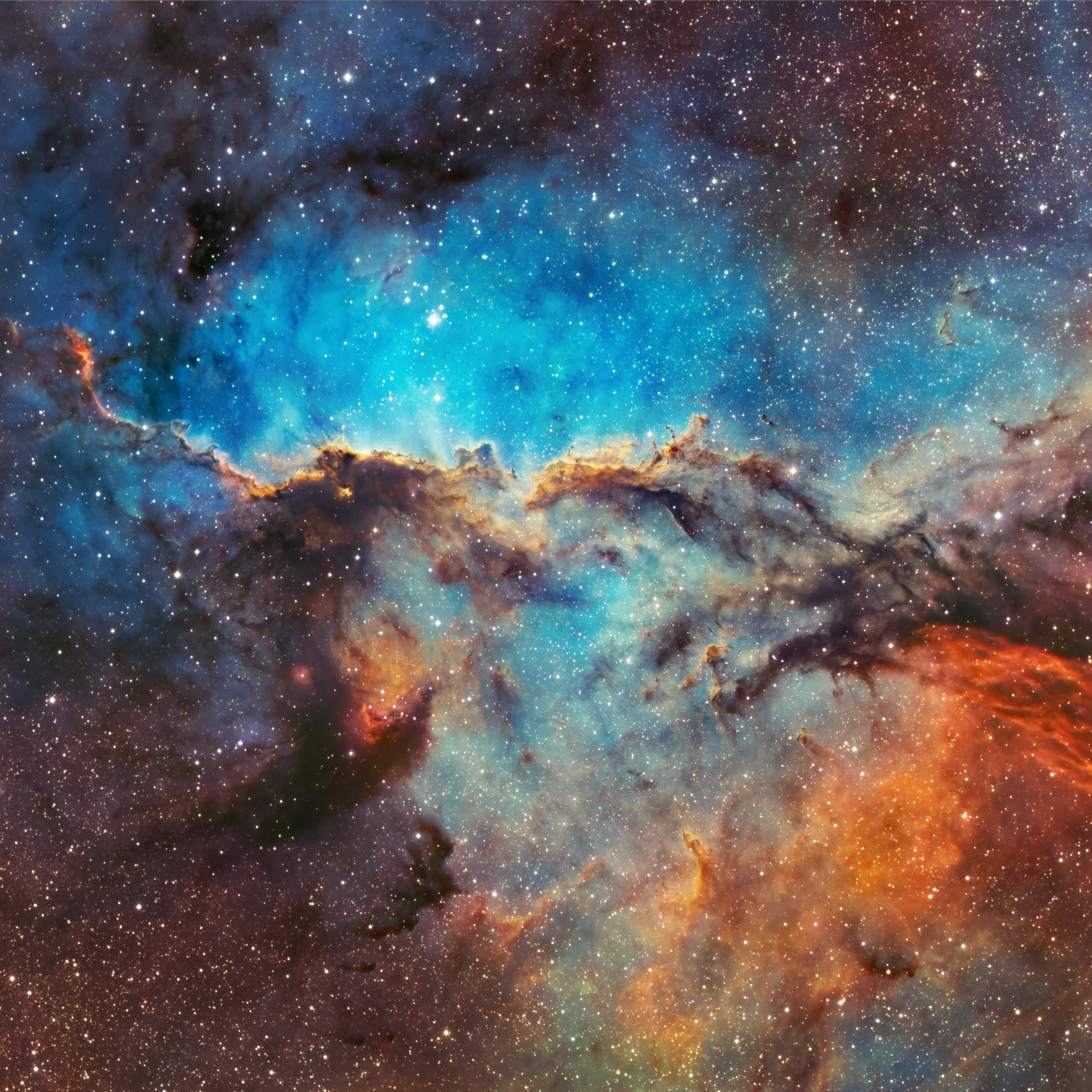
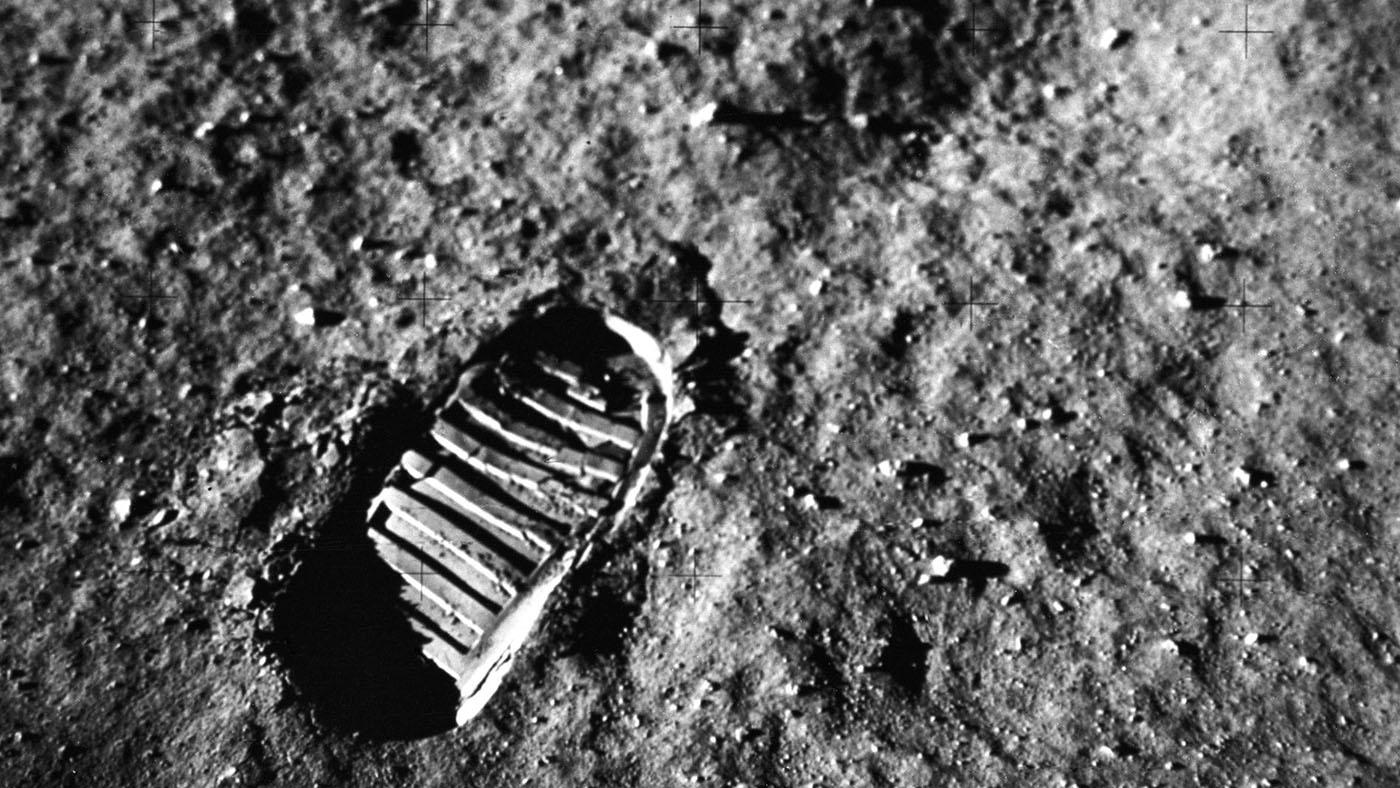
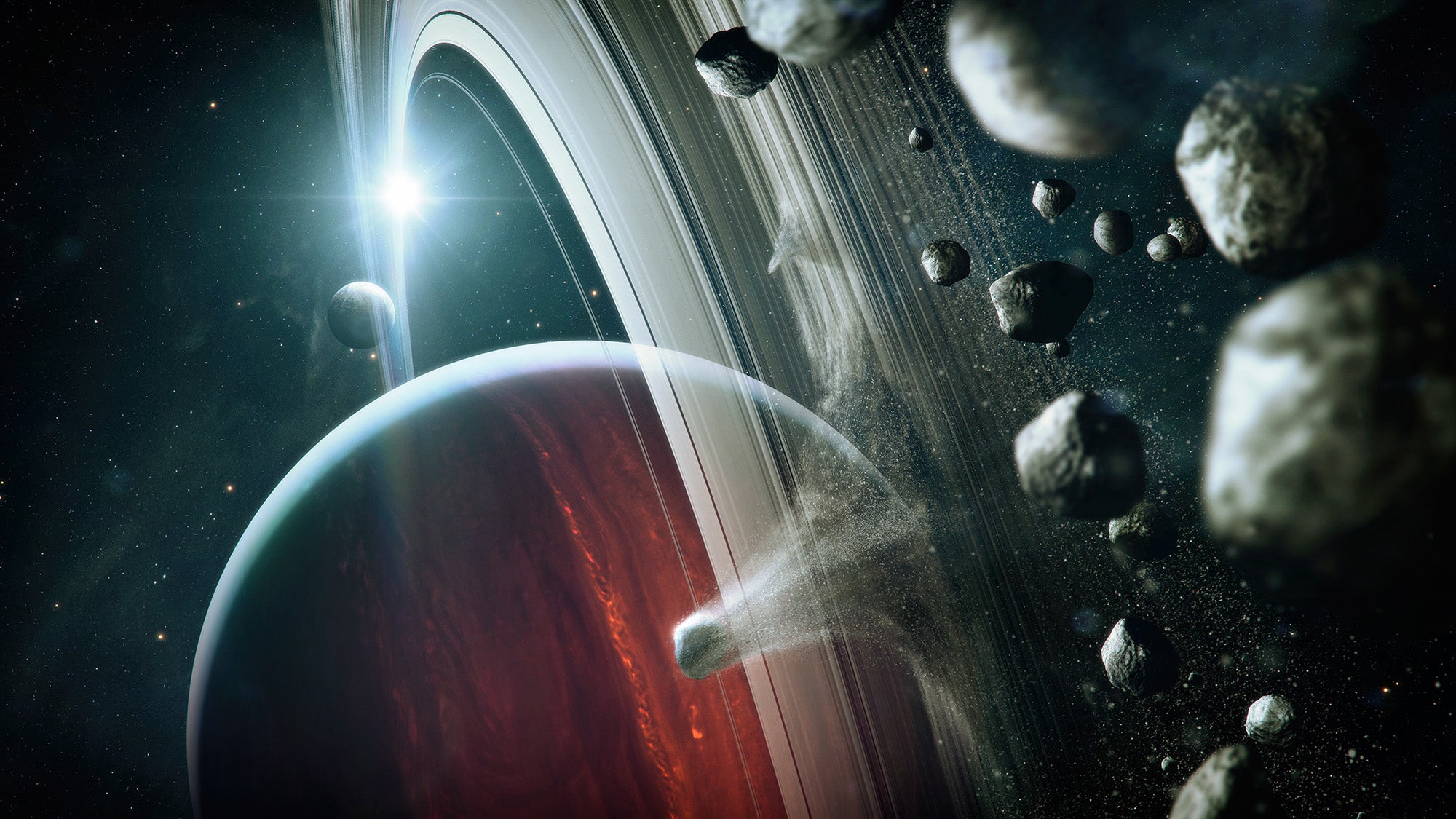

![4 Incredible Space Posters and Wall Art for Man’s Cave [Inspirations]](http://astrography.com/cdn/shop/articles/mans-cave-2-16x9-1_83814d94-574a-4782-a3a0-cf4e59620b81.webp?v=1763116144&width=1080)
